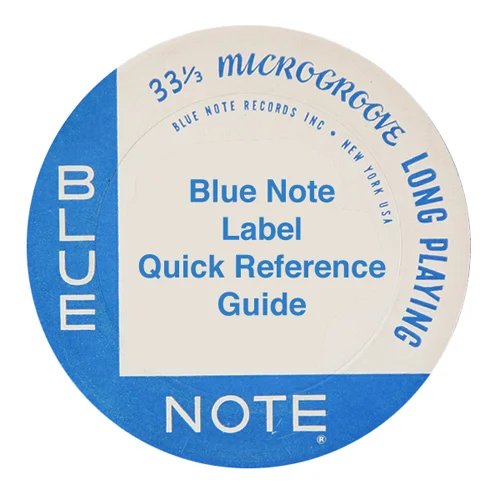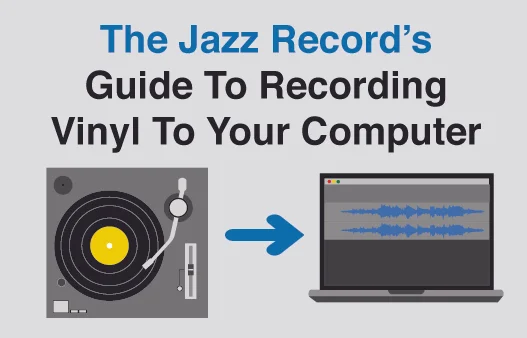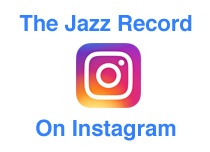The Swing And The Cool: "Gerry Mulligan Meets Ben Webster"
/Gerry Mulligan Meets Ben Webster • 1960 • Verve Records
Recorded November 3rd & December 2nd, 1959 in Los Angeles, CA
The Selections:
The Tracks:
A1. Chelsea Bridge
A2. The Cat Walk
A3. Sunday
B1. Who's Got Rhythm
B2. Tell Me When
B3. Go Home
The Players:
Gerry Mulligan - Baritone Sax
Ben Webster - Tenor Sax
Jimmy Rowles - Piano
Leroy Vinnegar - Bass
Mel Lewis - Drums
The Record:
Two Masters At Work
Gerry Mulligan and Pepper Adams were the baritone saxophonists during the golden age of modern jazz, both masters of the unwieldy and deep-toned instrument. Adams is primarily remembered for his excellent hard bop excursions with Donald Byrd, while Mulligan was an innovator of the west coast cool jazz style who flourished playing with all manner of jazz musicians. In fact, Gerry Mulligan Meets Ben Webster was just one of many "meets" albums that Mulligan appeared on during this time. His versatile - and surprisingly lithe - playing on the baritone was inventive and adventurous whether he was paired up with the likes of Thelonious Monk, Stan Getz, Johnny Hodges, or in this case Ben Webster.
Mulligan Meets...
By 1959 when Gerry Mulligan Meets Ben Webster was recorded, Webster was a stone cold jazz legend, part of the early trinity of swing tenor players that included Coleman Hawkins and Lester Young. He may have helped popularize that style in the 1940s, but he continued putting out high quality albums throughout the 1950s and I jumped on this LP because in addition to wanting to add some Webster to my collection, Mulligan never seems to let me down no matter the setting.
The record doesn't disappoint, it has all the hallmarks you'd expect from a get together of two phenomenal jazz talents. Inventive solos and memorable melodies, all driven by the extremely capable rhythm section of Jimmy Rowles, Leroy Vinnegar and Mel Lewis. The most lauded track is Billy Strayhorn's "Chelsea Bridge" and understandably so: in 1959 when hard bop and modal jazz were the en vogue styles, "Chelsea Bridge" is a throwback to the atmospheric and emotional jazz ballads of a decade earlier. Webster famously soloed on this track during his time with Duke Ellington, and his two solos on this version are fantastic reminders of what a great talent he was on the tenor (and also how influential he was even if he didn't always get credit for it). Mulligan takes his turn between Webster's two solos, showing just how light and airy the baritone could be in his able hands.
Gerry Mulligan Meets Ben Webster definitely looks back to the swinging Ellington and Count Basie big bands for inspiration, but at the same time it manages to sound completely modern and not at all out of place in the jazz world of 1960. Mulligan (and his chosen bandmates) live up to the high praise that Dave Brubeck delivers in the LP's liner notes, "In listening to Gerry Mulligan, you feel as if you're listening to the past, present and future of jazz, all in one tune, and yet it's done with such taste and respect that you're not ever aware of a change in idiom." The more you listen to Mulligan's best work from the 1950s, the more you realize that Brubeck nailed it, this cat can play.
The Vinyl:
The Details: My copy is an original mono deep groove pressing with the horn player logo, but it has the second cover version with the Gene Grant illustration (which I find more interesting than the original plain jane one). Discogs does not list this combination of label and cover, rather it has the second cover paired with the black "silver T" version of the label. A quick browsing of eBay shows that the cover and label combinations were all over the place. There are some original covers with the "silver T" and some second covers with horn player, so as in many cases with vintage vinyl the original iteration has not been well documented.
The Price: I paid $25 at my local shop, which seems to be right in line with the going rate on eBay.
The Sound: Excellent deep and wide analog playback, not surprising given the original deep groove pressing. It required a couple cleanings on the Okki Nokki to get rid of some very noticeable surface noise, and even now there are still some pops and crackles, but that doesn't bother me much.
Notes: There are two CD/digital versions of this album out there: the standard one with a handful of bonus tracks and a "complete" version with enough alternate takes to fill up two discs. Both are worth checking out for the extra music that these master musicians produced during these sessions.













